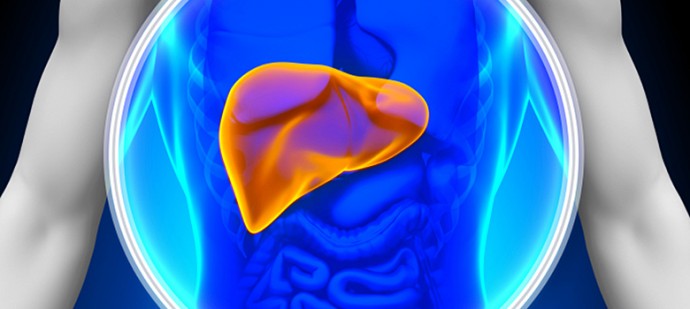
The virus is spread through blood-to-blood contact mainly through intravenous drug use (injecting a drug with a needle), but can be transmitted through blood transfusions, sexual intercourse, body modifications, like backyard tattoos, and sharing hygienic items such as razors and toothbrushes. There is currently no vaccine available.
Because it is asymptomatic, many people will show little to no signs and symptoms. When it is first contracted some may present acute symptoms like jaundice (the eyes and skin turn yellow), dark urine, and flu like symptoms but these will usually subside in a few weeks.
If a person has the virus for more than six months it becomes chronic hepatitis C. Eighty percent of people will develop chronic hepatitis C and show minimal or no symptoms for the first few decades of carrying the virus. Those who do show symptoms may have chronic fatigue, loss of appetite, nausea and vomiting, fever, joint pain, cognitive symptoms such as depression, and pain in the upper right side of the stomach.
Fifteen to 20 percent of people with chronic hepatitis C will develop cirrhosis, which is scarring of the liver although this may take 20 to 40 years. Of those with cirrhosis, a small number of people may go on to develop liver cancer.
There are a number of methods that are used to test people for hepatitis such as; a blood test that detects antibodies against the virus that will show whether or not you’ve been exposed; a blood test that looks for the genetic material of the virus and shows whether you are currently infected; a blood test to find out the genotype (one to seven) to determine what treatment methods are used.
As well as these tests, other tests will be carried out to test liver function like; blood tests to help the doctor determine if you have liver damage; a liver biopsy to find out if the virus has caused scarring (cirrhosis) or damage to the liver; CT scan, MRI, or an ultrasound to test for liver cancer.
A variety of medications are used in the effort to cure hepatitis C but which medication(s) are used specifically will depend on the genotype. Approximately 40-80 percent of chronic hepatitis C will clear with treatment and in some rare cases the virus will clear on its own without treatment. In some cases where cirrhosis is present a liver transplant may be needed although in 80-90 percent of cases, the virus will recur.
As well as treatment, avoiding alcohol is highly recommended, as is regular exercise, healthy diet, and regular consultations with doctors.
It is recommended to get tested for hepatitis C if you received blood or an organ prior to 1992 when donor’s organs or blood weren’t tested for the virus, have shared needles or personal care items with an infected person(s), present the symptoms associated with the virus, received a body modification like a tattoo outside of a professional parlour, or have had sexual intercourse with someone with the virus (although transmission this way is rare).
Although there is a stigma attached to the virus based on ignorance, hepatitis C is quite common, even in Australia. With the virus, early detection is key and most cases are treatable and manageable so if you think you may have been exposed to the virus, get tested.






Comments are closed.